Competitive transit works!
In April, east coast blog “Spacing Atlantic” presented 5 excerpts from a book called “Straphanger”, which explored Vancouverism and smart transit planning.
The ordeal of an article about west-coast cities is appearing on an east coast blog named Spacing Atlantic is very surprising, given the distance – not just in km, but in culture, urban lifestyles and urban planning – between cities of the two coasts. But perhaps Vancouver isn’t far from outshining with the east coast cities after all, as the city’s downtown apparently is the second most dense downtown in North America – with only Manhattan, part of New York City on the East Coast, beating it. That’s one of the facts that this article, which takes some excerpts directly from a book written by a Montreal author and former Vancouver resident, explores and reveals.

He reveals true examples of how SkyTrain rapid transit truly has and can integrate with and form vibrant, urban and livable communities.
This week, Spacing presents five excerpts from Straphanger, the new book by Montreal-based author Taras Grescoe. The book examines the success stories, challenges, and future hurdles of 14 transit systems from across the world, including Toronto, Montreal, and Vancouver.
One of the things that makes us curious is to how the SkyTrain system is labelled in his book as a Light Rail system (as it originally could have been considered to be due to service levels) – and the busiest in North America, at that – even though the system’s lines have the theoretical expansion capacity to provide capacities competitive with metro and subway systems in cities around the world including Toronto.
The author says that his ideal city “lies somewhere between Portland’s New Suburbanism and Vancouver’s Hyperurbanism”.
Joyce-Collingwood Station: Four-story town houses form a street front paralleling the SkyTrain tracks; behind them are 16 mid-and high-rise residential towers. Taking a stroll, I noticed that the greenbelt beneath the elevated SkyTrain tracks had been turned into a community garden, where local residents were tending patches of tomatoes, pumpkins, and lettuce; shops on the ground floors of the condo towers included a Filipino grocery with lacquered ducks hanging in the windows, a walk-in clinic, and a beauty salon advertising “Japanese Straight Perms.” The developer had also built an elementary school, a gym, a park, and a neighborhood police station.
When I rode the SkyTrain on the opening of Expo 86, a world fair whose theme was transportation, I remember thinking it was nothing more than a toy, a rinky-dink people mover. But the system has proved both robust and popular, and the new, wider trains on the Canada Line operate more like serious mass transit vehicles. “Thanks to the technology,” pointed out Price, “we’ve got a system that gives us headways of as little as ninety seconds, which is incredible. And because it’s automated, the labor cost of putting a new train on the line is also incredibly low.”
When it comes to reducing car dependency, the Vancouver model, which puts high-density residential and retail right up against high-capacity transit, is emerging as the one to beat. SkyTrain ridership is triple MAX’s, making it the busiest light-rail system in North America. Over the last decade, transit ridership has grown by 52 percent, pedestrian trips are up 44 percent, and cycling 180 percent. Ten percent fewer cars now enter Vancouver than a decade ago, and the average time people spend commuting to work has actually decreased by several minutes (even while increasing significantly in Canada’s largest city, Toronto).
Thanks to its transportation policy, Vancouver now has the lowest per capita carbon emissions of any major North American city.* (The electricity that powers the SkyTrain and the city’s fleet of trolley buses comes from hydro dams, one of the cleanest forms of power known. Most of Portland’s electricity comes from coal-fired plants.)

